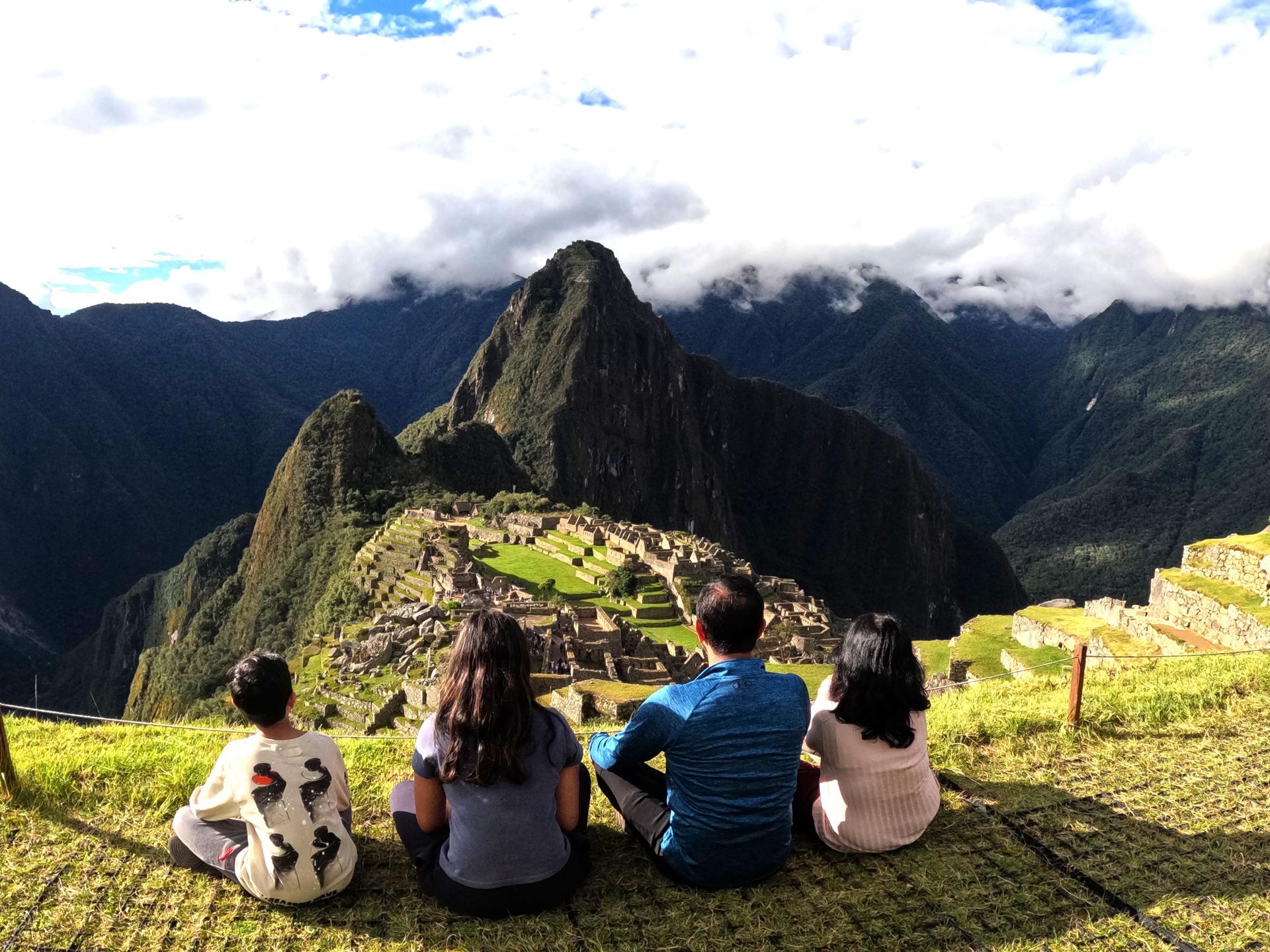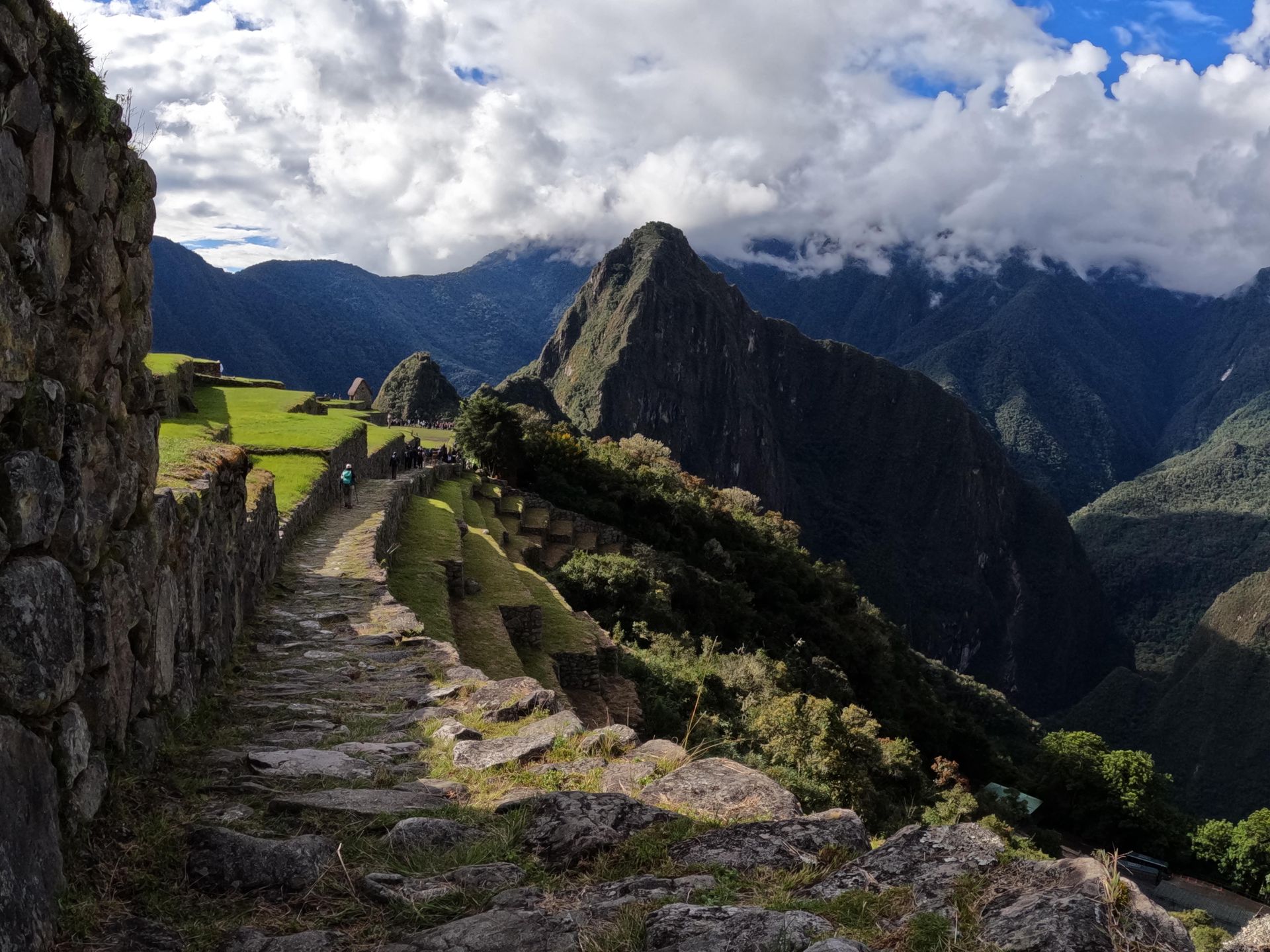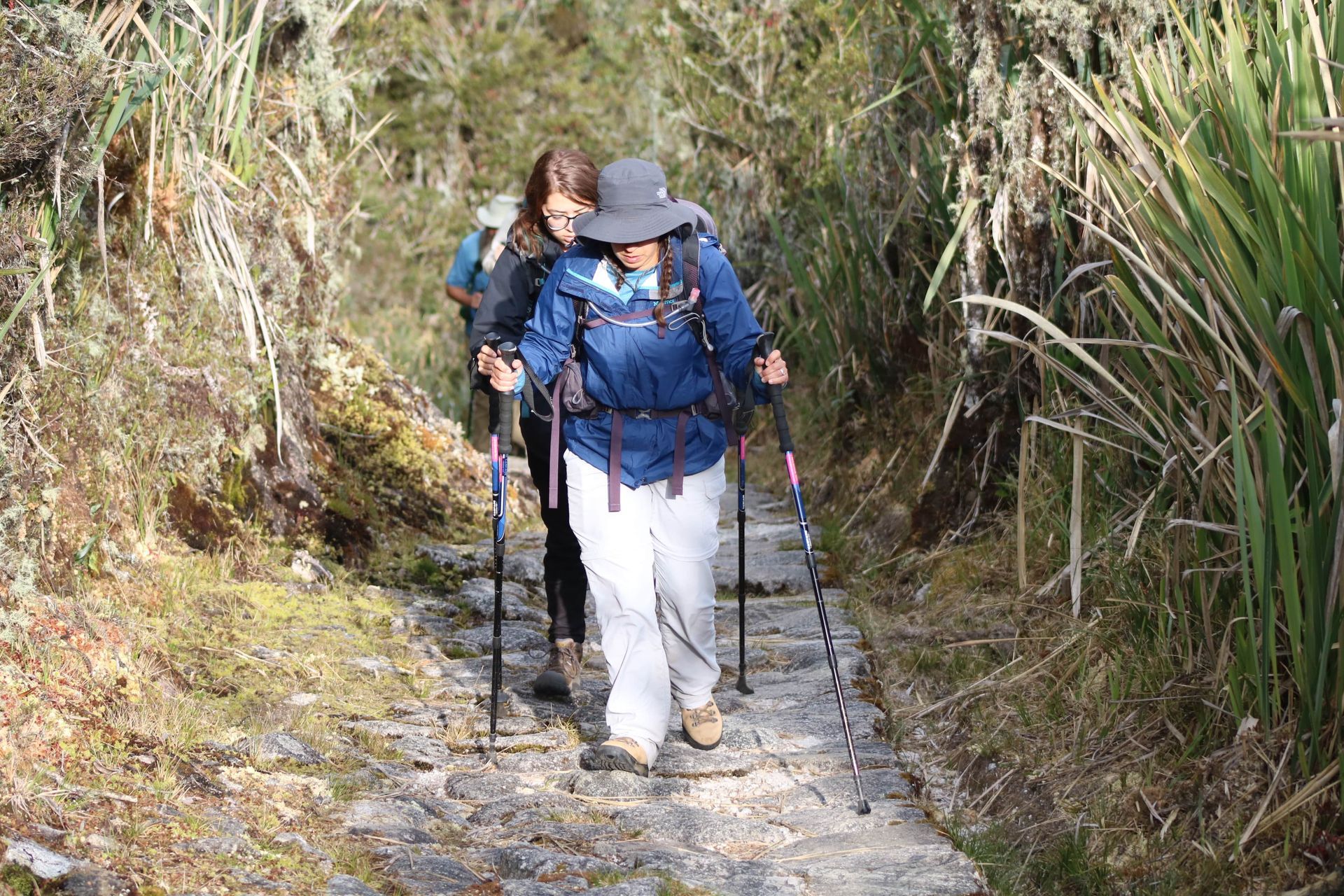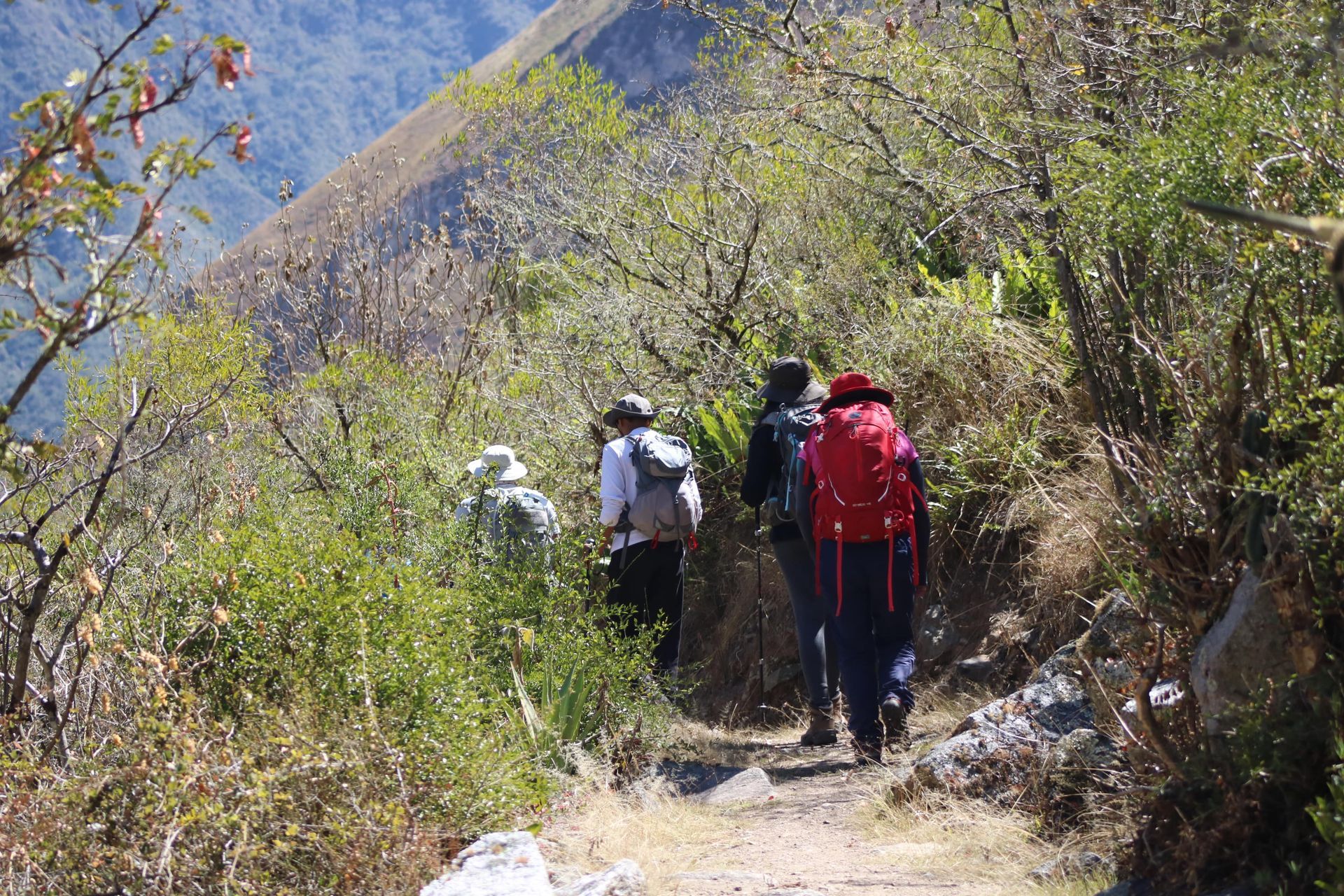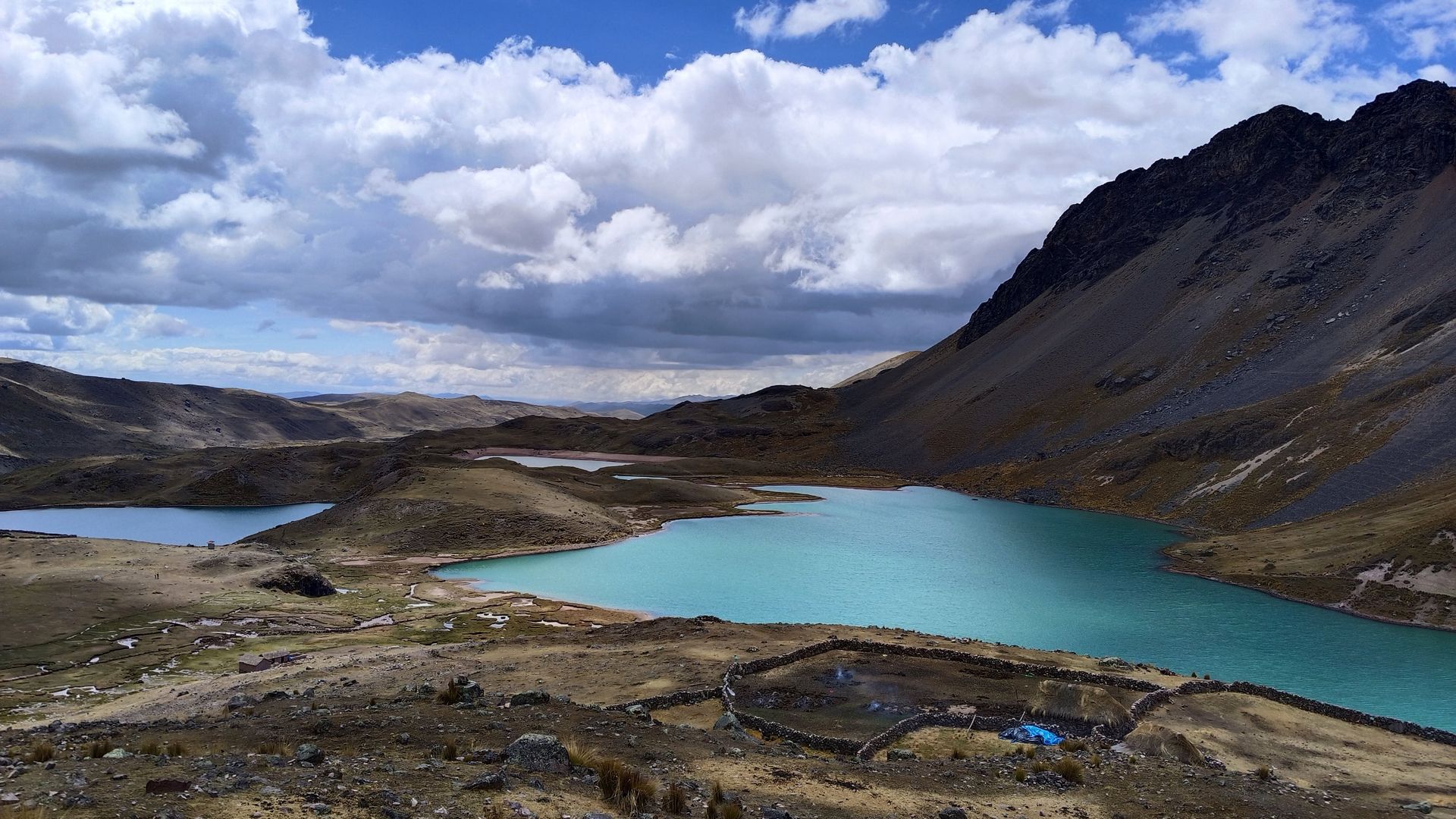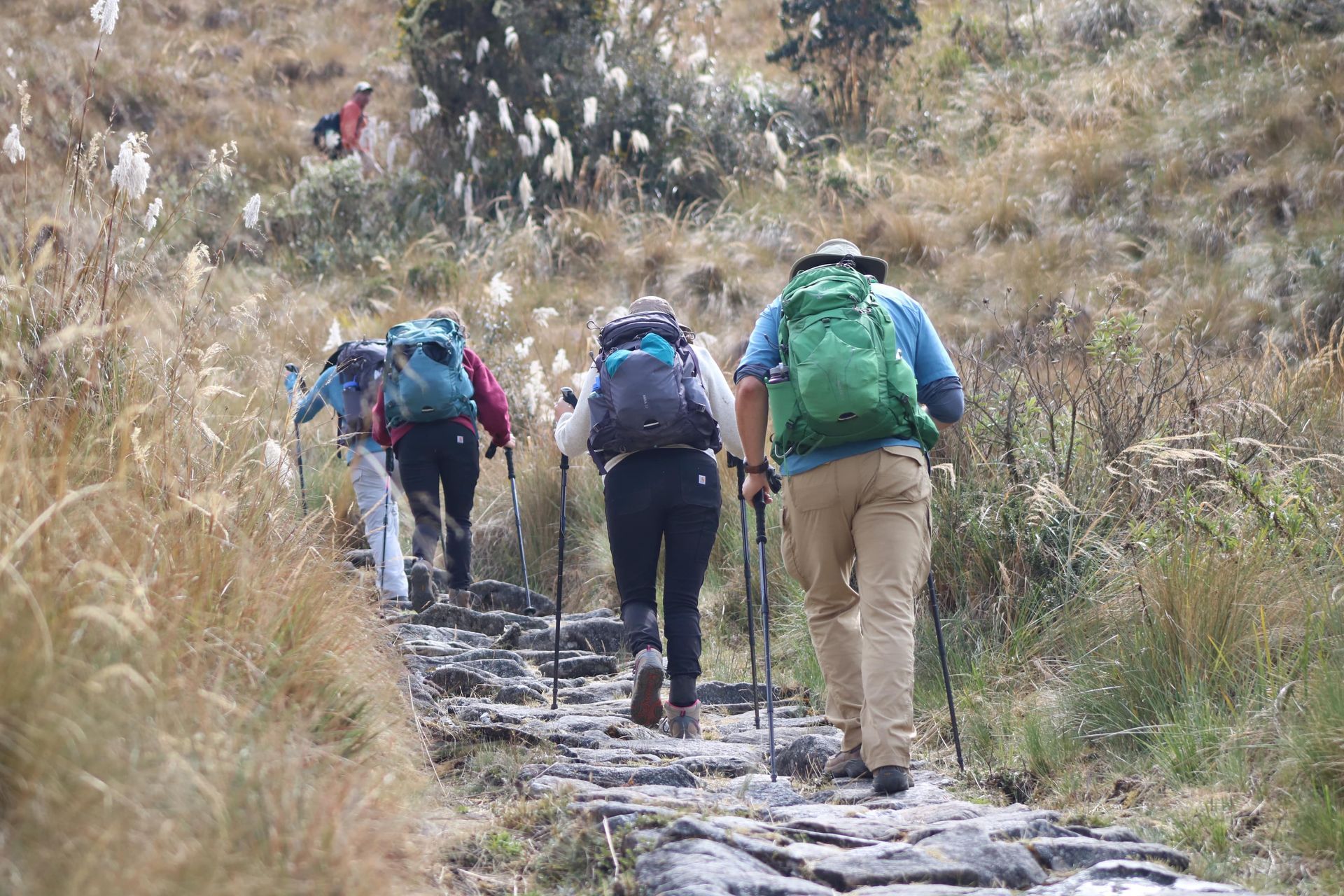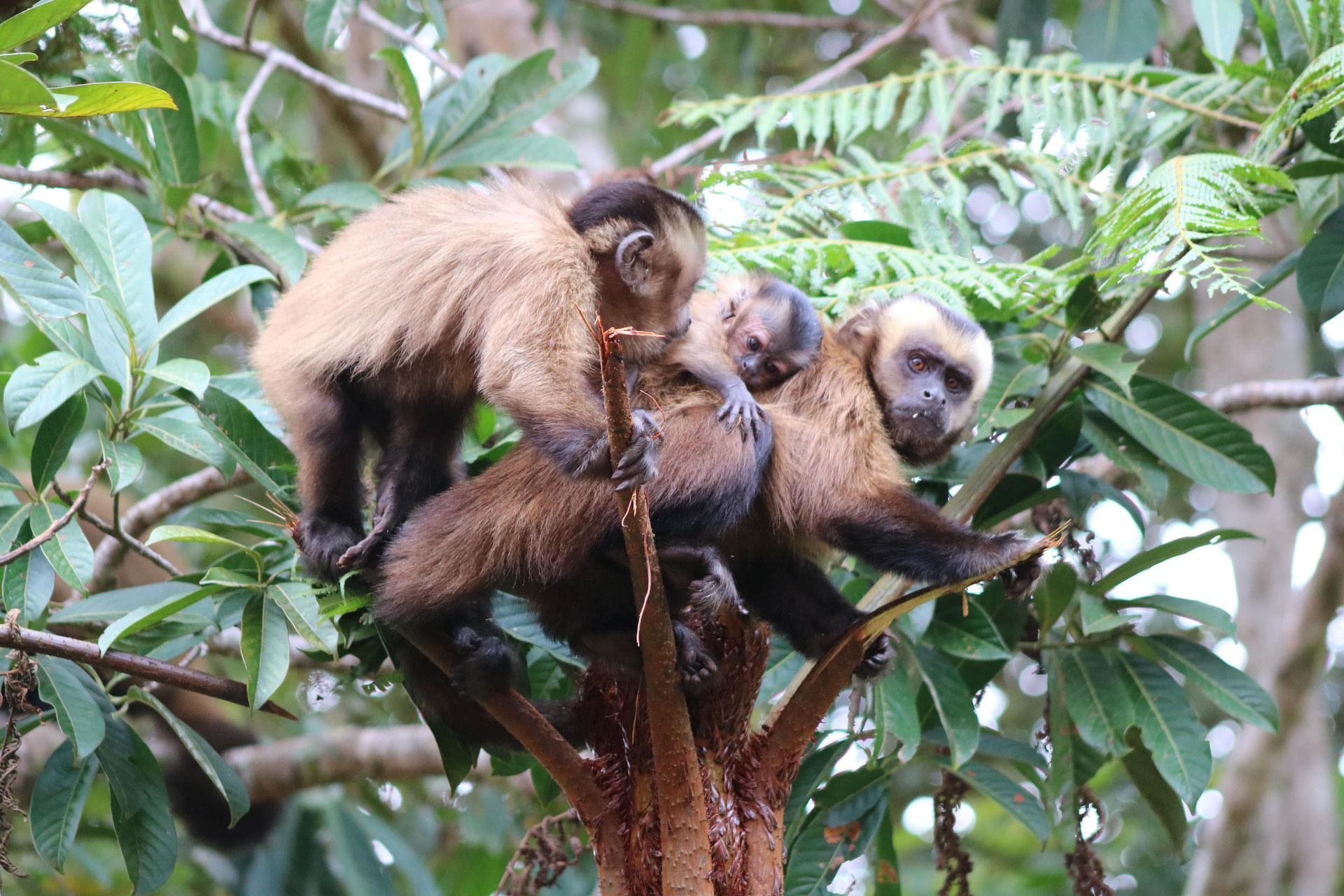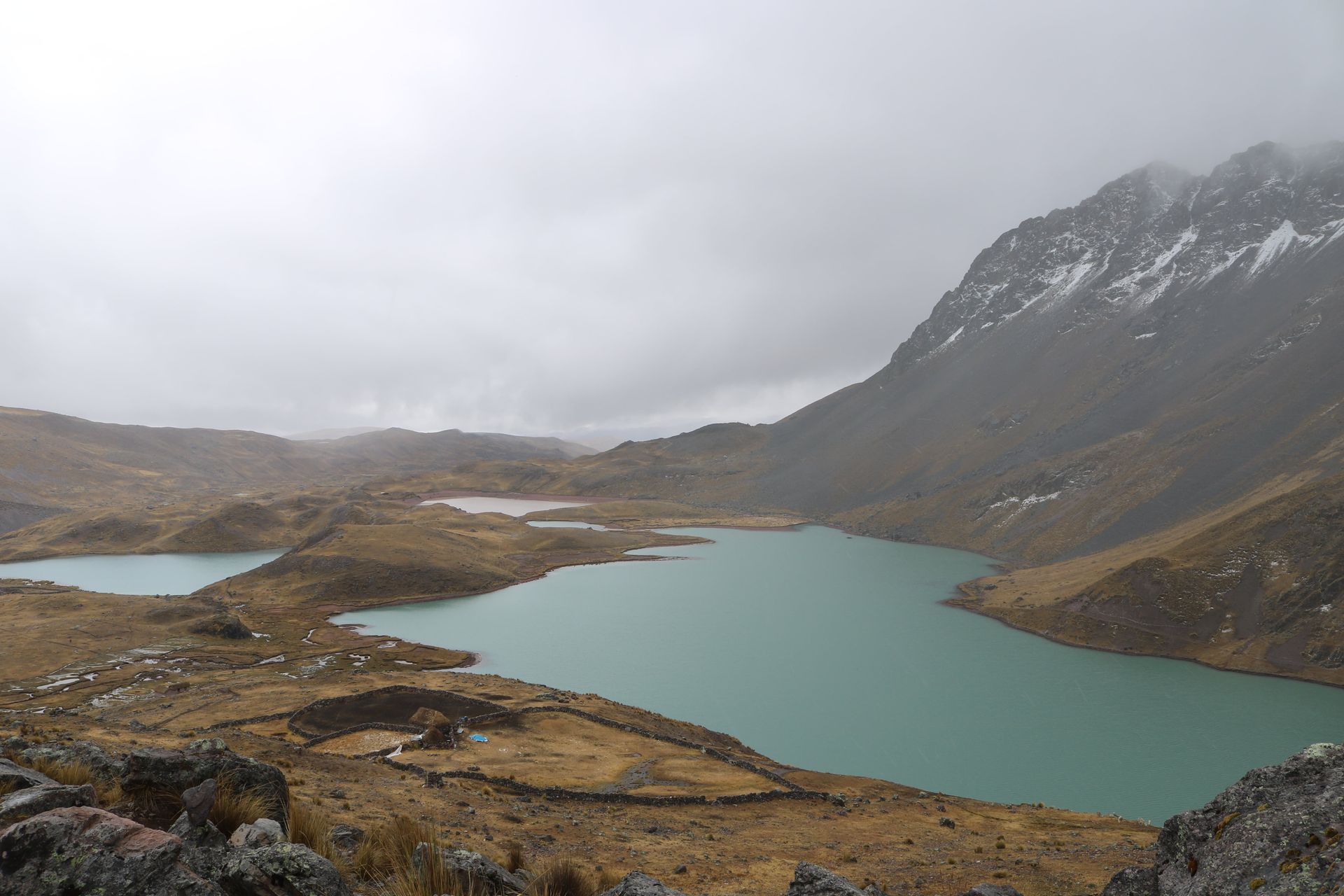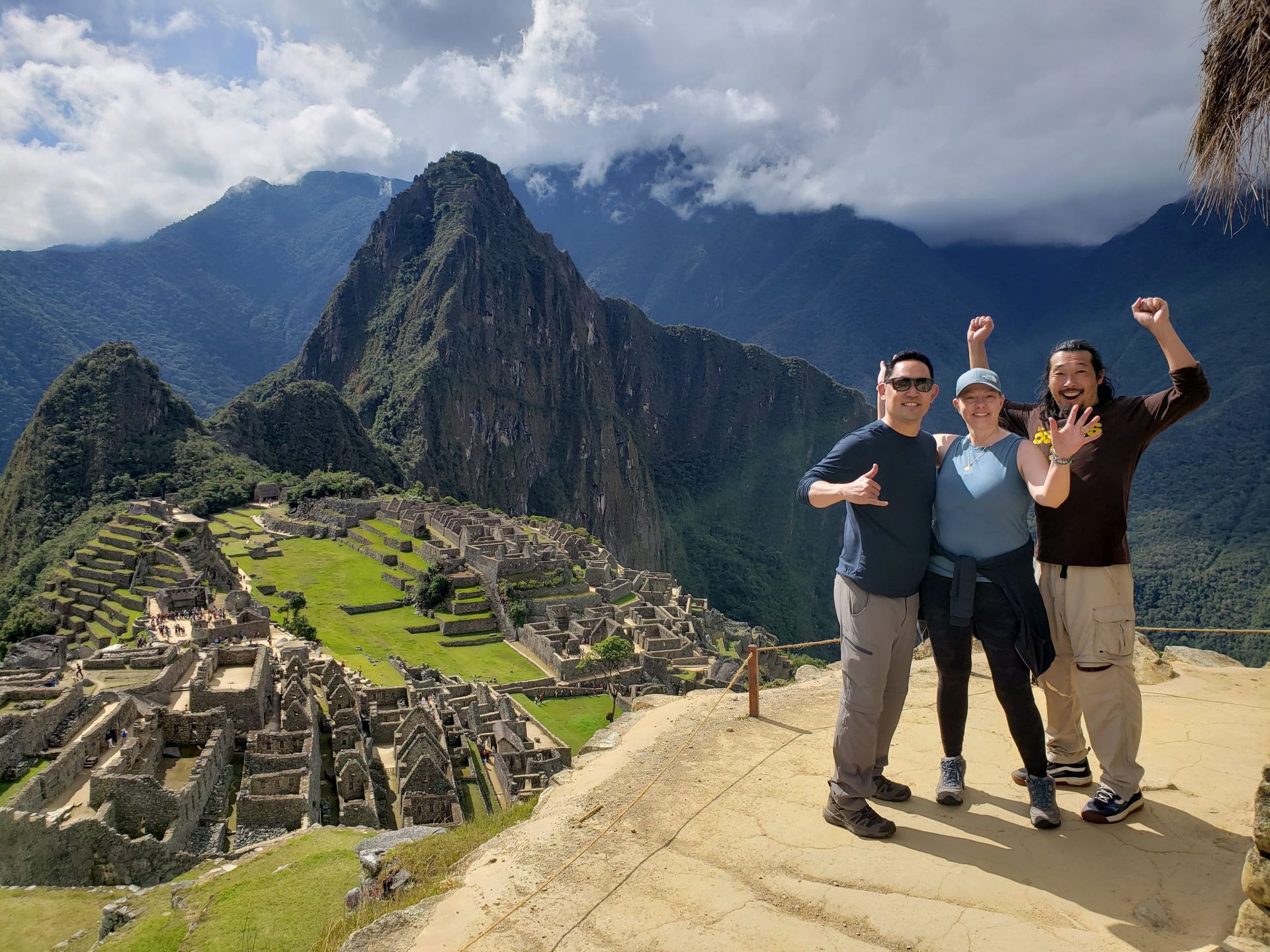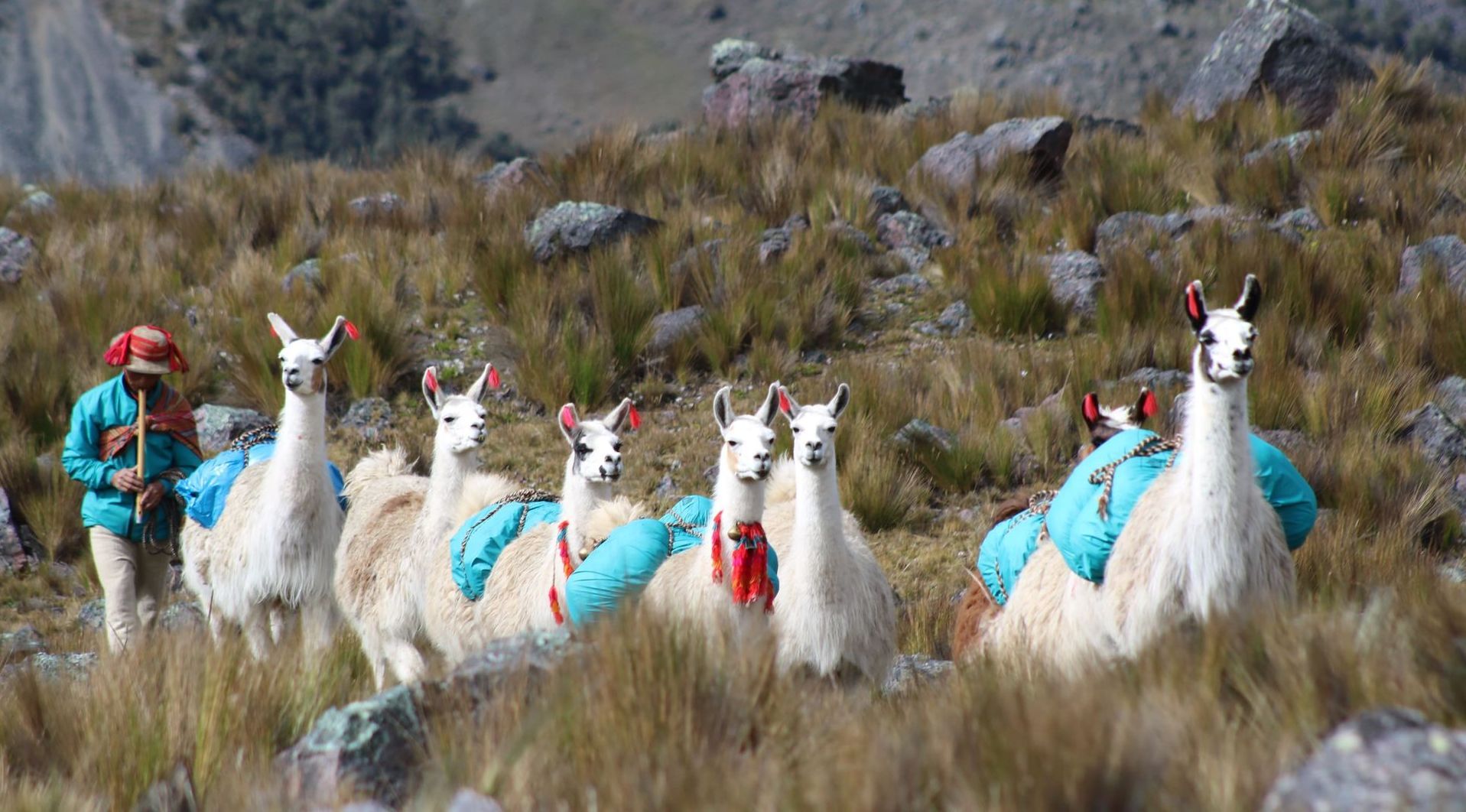Don't Miss Out! Availability for Inca Trail Permits
A Guide for Adventurers
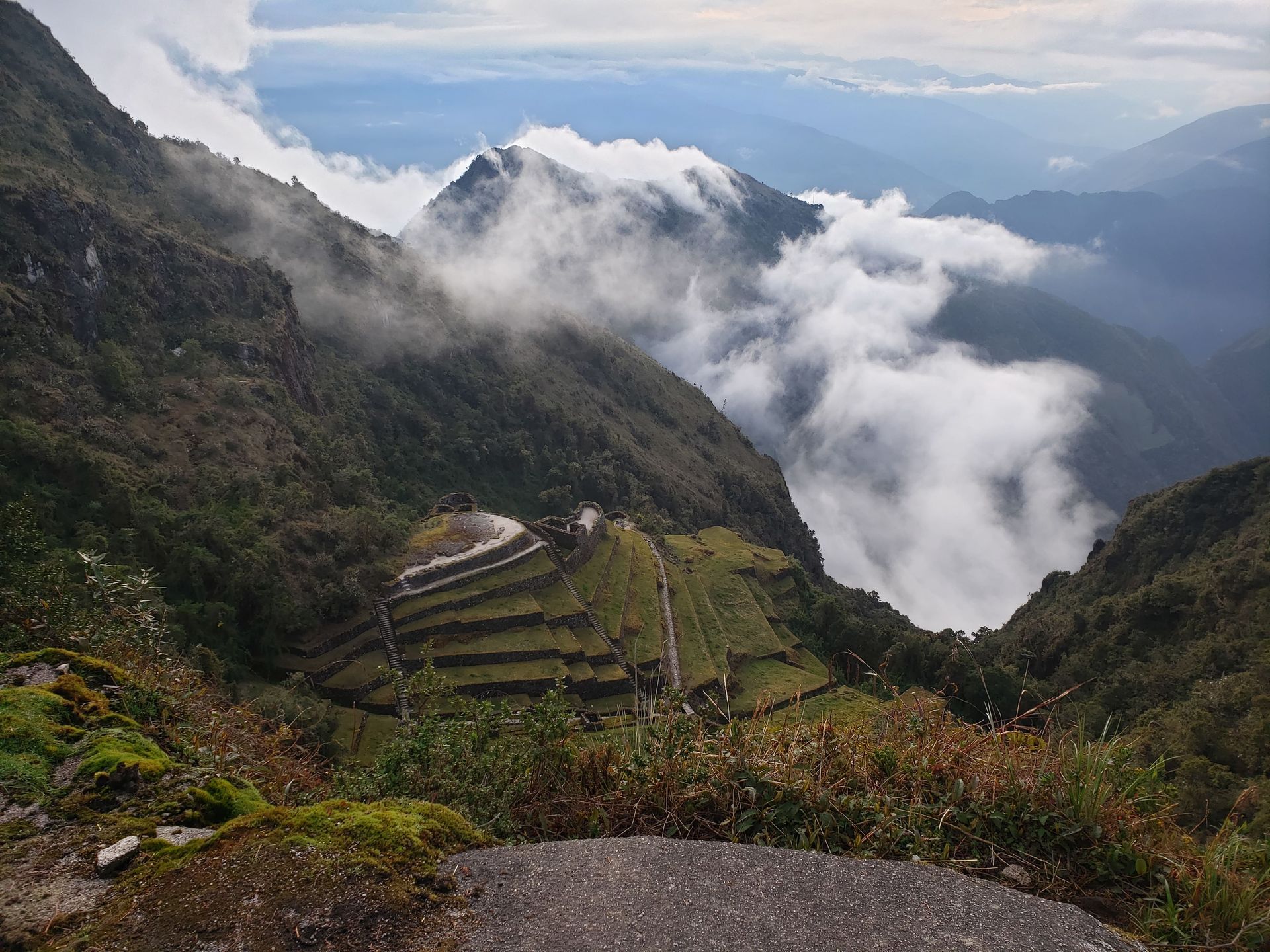
The Inca Trail to Machu Picchu is one of the most iconic treks in the world, offering adventurers a unique opportunity to explore the stunning landscapes of the Peruvian Andes while immersing themselves in the rich history of the Inca civilization. This ancient trail, often hailed as one of the greatest hikes on Earth, winds through breathtaking mountain scenery, dense cloud forests, and awe-inspiring archaeological sites, culminating in the grand finale of Machu Picchu.
Limited Availability: A Treasure Worth Pursuing
The Inca Trail is a sought-after adventure, attracting thousands of trekkers each year. To protect the trail and maintain its sustainability, the Peruvian government strictly regulates access by issuing a limited number of permits. Only 500 permits are available each day, including permits for hikers, guides, porters, and cooks. This limited availability ensures a controlled and sustainable flow of visitors, preserving the natural and cultural heritage of the trail.
Plan Ahead: Booking Your Inca Trail Permits
Due to the high demand and restricted availability, securing your Inca Trail permits requires careful planning. Here are some essential steps to help you secure your spot on this incredible journey:
1. Timing is Everything: The demand for Inca Trail permits is exceptionally high, especially during the peak season from May to September. To increase your chances of obtaining a permit, it's crucial to book well in advance. Permits often sell out several months in advance, so it's recommended to make reservations at least six months prior to your desired trekking date.
2. Authorized Tour Operators: Inca Trail permits can only be obtained through authorized tour operators. It's important to choose a reputable operator with experience in organizing treks and securing permits. They will guide you through the permit application process and ensure a seamless experience.
3. Flexibility with Dates: Being flexible with your trekking dates can significantly improve your chances of obtaining a permit. Consider alternative trek start dates and explore the possibility of trekking during the shoulder seasons of April and October when availability might be relatively more accessible.
4. Off-Peak Seasons: While the peak season offers pleasant weather and clear skies, the off-peak seasons can provide a quieter and more serene experience. If your schedule allows, consider trekking during the off-peak seasons when there is a lower demand for permits. You'll have more opportunities to immerse yourself in nature and enjoy a less crowded trail.
5. Alternatives to the Classic Inca Trail: If securing a permit for the Classic Inca Trail becomes challenging, fear not! There are alternative treks that offer similar enchantment and allow you to experience the wonders of the region. The Salkantay Trek, Lares Trek, and Choquequirao Trek are excellent alternatives that showcase the beauty of the Andes and lead to Machu Picchu.
The Importance of Responsible Travel:
Preserving the Inca Trail and its surrounding environment is of utmost importance. When applying for permits, ensure you choose a responsible tour operator that adheres to sustainable tourism practices. Responsible travel entails leaving no trace, respecting the local culture, and minimizing your impact on the delicate ecosystem.
General Recommendations:
The Inca Trail is a challenging trek that requires a good level of fitness and preparation. Here are some general recommendations to ensure you have a safe and enjoyable experience:
1. Physical Preparation: Begin preparing your body for the trek by engaging in regular cardiovascular exercises such as hiking, jogging, or cycling. Strengthen your leg muscles through activities like stair climbing and squats. It's also beneficial to undertake a few multi-day hikes to acclimate to the demands of trekking.
2. Altitude Acclimatization: The Inca Trail reaches a maximum altitude of 4,215 meters (13,828 feet) at the Dead Woman's Pass. To avoid altitude sickness, it is essential to acclimatize properly. Spend a few days in Cusco or other high-altitude destinations before starting the trek. Hydration, rest, and a gradual ascent will help your body adjust to the altitude.
3. Trekking Gear: Invest in sturdy and comfortable hiking boots to protect your feet during the challenging terrain. Additionally, pack lightweight, moisture-wicking clothing, a waterproof jacket, warm layers for cold nights, a hat, sunglasses, sunscreen, and insect repellent. Don't forget essentials such as a headlamp, trekking poles, a sleeping bag suitable for cold temperatures, and a backpack.
4. Hydration and Nutrition: Proper hydration is crucial during the trek. Carry a reusable water bottle and drink plenty of fluids. It is also important to fuel your body with nutritious meals. The tour companies provide meals along the trail, but it's a good idea to bring some snacks like energy bars and nuts.
5. Responsible Trekking: Help preserve the natural beauty of the Inca Trail by following the principles of Leave No Trace. Respect the environment, dispose of waste properly, and avoid disturbing the archaeological sites. Hiring a local tour operator that practices sustainable tourism is highly recommended.
Best Time to Hike the Inca Trail:
Choosing the right time to hike the Inca Trail can greatly enhance your experience. The dry season from May to September is generally considered the best time for trekking. During this period, the weather is relatively stable, with minimal rainfall and clear skies. However, it's also the busiest time, and the trail can be crowded.
If you prefer to avoid the crowds, consider hiking during the shoulder seasons of April or October. While there may be slightly more rainfall, the landscapes are lush and green, and the trail is usually less crowded.
The rainy season from November to March brings heavier downpours and the risk of trail closures due to landslides. Although trekking during this time can be challenging, it offers a unique experience with fewer visitors and the opportunity to witness the beauty of the rainforest in its full splendor.
Packing List:
To ensure a comfortable and enjoyable trek, here's a comprehensive packing list for the Inca Trail:
1. Hiking boots
2. Lightweight, moisture-wicking clothing
3. Waterproof jacket and pants
4. Warm layers (fleece or down jacket)
5. Hat and gloves
6. Sunglasses and sunscreen
7. Insect repellent
8. Headlamp or flashlight
9. Trekking poles
10. Sleeping bag suitable for cold temperatures
11. Backpack (40-50 liters)
12. Reusable water bottle
13. Water purification tablets or filter
14. Toiletries (toothbrush, toothpaste, biodegradable soap)
15. Quick-dry towel
16. First aid kit (including blister treatment)
17. Snacks (energy bars, nuts)
18. Cash (local currency)
19. Original Passport
20. Travel insurance details
Preparing for the Inca Trail:
To make the most of your Inca Trail experience, it's important to prepare both physically and mentally. Here are some steps to help you get ready:
1. Consult a healthcare professional: Before undertaking any physical activity, it is advisable to consult with a healthcare professional to ensure you are fit for the trek. They can provide specific advice based on your health condition and help you prepare accordingly.
2. Cardiovascular training: Engage in regular cardiovascular exercises such as hiking, running, or cycling to improve your endurance. Aim for at least 30 minutes of moderate-intensity exercise three to four times a week.
3. Strength and core training: Strengthen your leg muscles through exercises like squats, lunges, and stair climbing. Incorporate core-strengthening exercises such as planks and sit-ups to improve stability and balance on the uneven terrain.
4. Practice hiking with a loaded backpack: As you near your trekking date, simulate the conditions of the Inca Trail by hiking with a loaded backpack. Start with shorter hikes and gradually increase the distance and weight to prepare your body for the demands of the trek.
5. Mental preparation: The Inca Trail is not only physically demanding but also mentally challenging. Prepare yourself mentally by setting realistic expectations, visualizing success, and maintaining a positive mindset throughout the journey.
Conclusion:
The Classic Inca Trail to Machu Picchu offers hikers an unparalleled adventure through breathtaking landscapes and ancient Inca ruins. By securing your Inca Trail permits in advance, following general recommendations, choosing the best time to hike, and adequately preparing yourself physically and mentally, you can embark on a remarkable journey that will leave you with lasting memories of the awe-inspiring beauty and rich history of this legendary trail.



